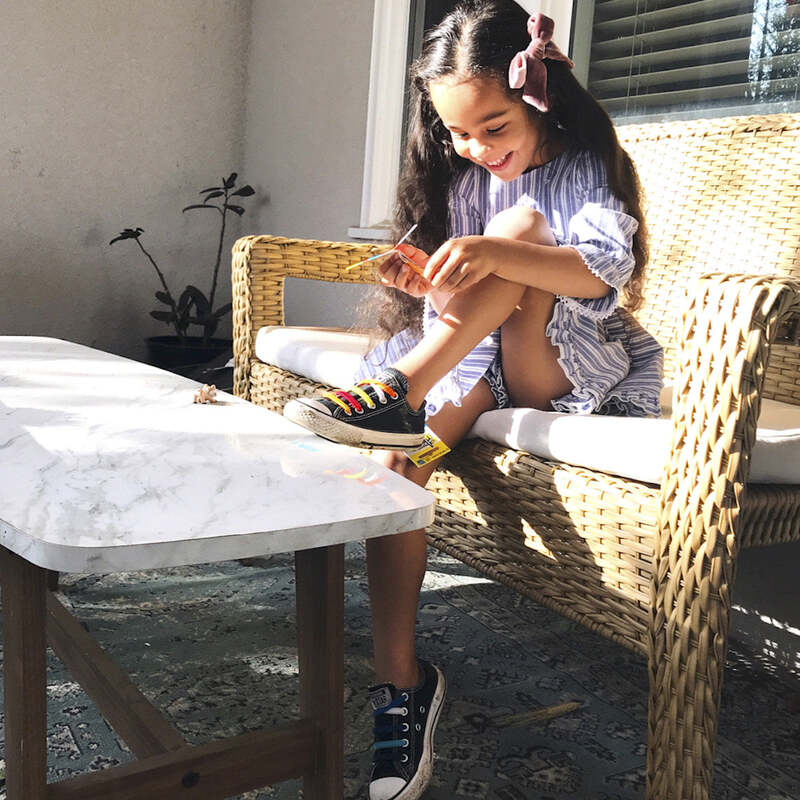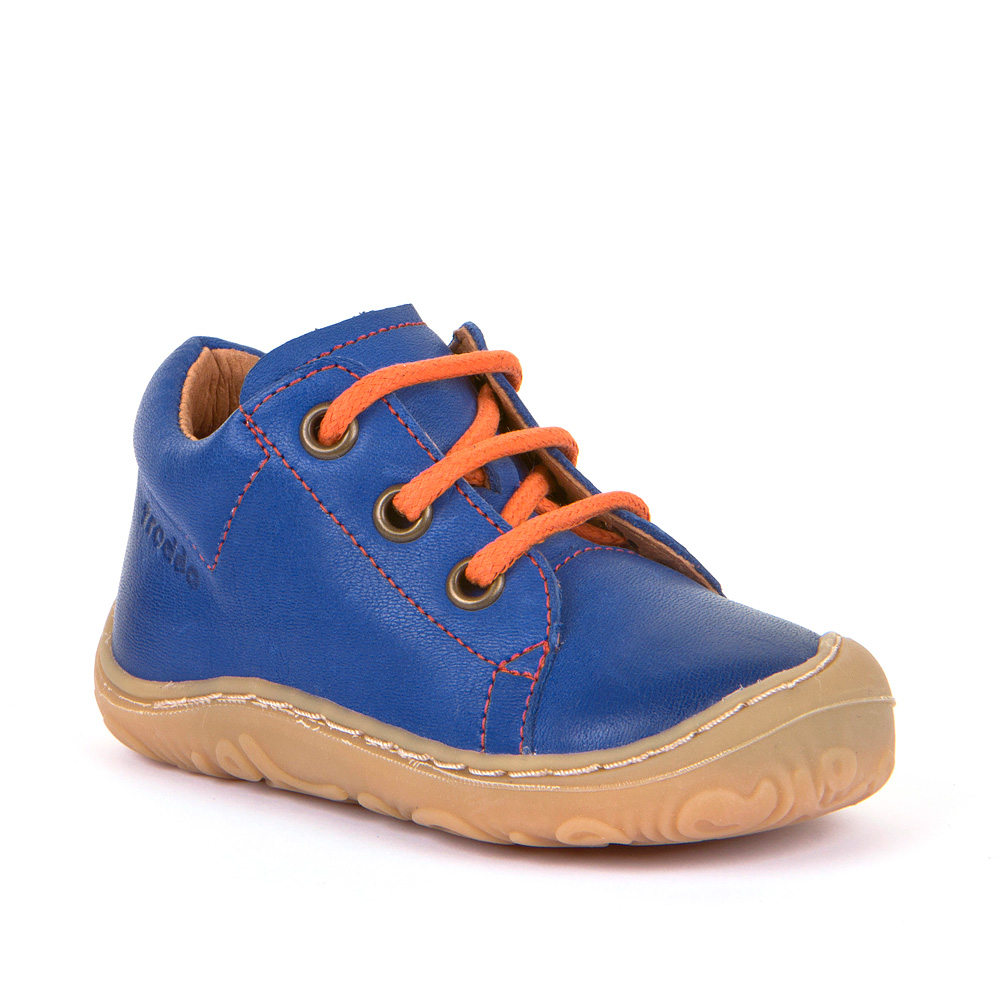Tying shoes is a rite of passage for many children. Parents often wonder when their little ones will achieve this milestone. It marks a significant moment in their growing independence and self-sufficiency. Understanding the timeline can help parents prepare for this learning experience. What age do kids learn to tie shoes? Experts suggest that most children learn to tie their shoes between ages 5 and 7. However, this may vary based on individual development and readiness.
It’s essential to consider a child’s motor skills. These skills play a crucial role in the learning process. Fine motor skills involve the use of small muscles, particularly in the hands and fingers. Learning to tie shoes requires coordination, dexterity, and the ability to manipulate laces. Some children excel in these skills at an earlier age, while others may need more time. Thus, parents should approach shoe-tying as a gradual learning process.
Understanding the Readiness for Shoe-Tying
Child Development Stages
Child development is a complex process encompassing several stages. Each stage is unique and contributes to various skills, including the ability to tie shoes. As children grow, they develop cognitive and physical abilities. These abilities lay the foundation for mastering such tasks. Typically, around age 4, children start exhibiting interest in doing things independently. This may include wanting to put on their shoes or even attempting to tie them.
Around age 5 to 6, kids often have the fine motor skills needed learn to tie shoes. They may have enough finger control to pull laces and create loops. Therefore, age 5 is often seen as the most common starting point. However, readiness can depend on individual differences. Some children may require additional time, while others pick it up quickly.
Parents should encourage their little ones and create a supportive environment. This involves patience, practice, and positive reinforcement. During this critical time, children develop a sense of accomplishment. For them, learning to tie shoes is more than a simple task; it symbolizes growing up.
Assessing Motor Skills
To effectively teach shoe-tying, parents should assess their child’s fine motor skills. Often, readiness can be observed in various activities. These activities might include using scissors, drawing, or even buttoning clothes. If a child shows proficiency in these tasks, they may be ready for shoe-tying. Conversely, if they struggle, it might indicate that they need more time.
Moreover, parents can engage in fun activities to enhance a child’s motor skills. Activities such as threading beads or using play dough can significantly help. These interactive tasks promote hand-eye coordination and strengthen dexterity. Thus, parents can use play as a valuable tool to prepare their children for shoe-tying.
Additionally, remember that every child develops at their own pace. Some might excel in physical skills while others might focus on cognitive abilities. Therefore, it is crucial not to rush the process. Instead, celebrate small victories and milestones to encourage further learning.
Effective Techniques for Teaching Shoe-Tying
The Bunny Ears Method
One popular method for teaching children to tie their shoes is the “Bunny Ears” technique. This fun, simple approach engages children’s imagination and helps them visualize the process. First, start with the child holding the shoe while they cross the laces. Next, they should create two loops, resembling bunny ears. This visualization makes it easier for them to grasp the concept.
Here’s how it generally works: after crossing the laces, the child forms one loop (“ear”), then wraps the other lace around it. They pull the second loop through the space created. By pulling both loops tight, the child will complete the knot. This method breaks down the steps into manageable pieces, making it less overwhelming.
Furthermore, to reinforce learning, repetition is essential. The more children practice, the more confident they will become. Parents can use various props, such as a bunny ear-shaped toy, to illustrate the technique further. Incorporating stories or songs can also make the learning process entertaining.
The Loop and Pull Technique
Another effective technique for teaching shoe-tying is the “Loop and Pull” method. This approach relies heavily on visual-spatial skills. First, the child should cross the laces to create an X. Next, they pull one lace under the other and tightens the knot. This serves as the anchor for the rest of the steps.
Following this, the child forms a loop with one lace, similar to the earlier method. They hold the loop while using the other lace to wrap around it. Pulling the second lace through the hole makes a knot that locks both loops in place. This method might initially seem complex, but it becomes easier with practice.
Parents should encourage their children and celebrate their efforts. Offering praise and support can significantly boost a child’s confidence. Moreover, practicing in a calm, relaxed environment fosters a positive learning atmosphere. The ultimate goal is to make the experience enjoyable and rewarding.
Additional Strategies to Aid Learning
Utilizing Visual Aids
Visual aids can be instrumental in helping children learn to tie their shoes. Charts, illustrations, and videos can provide additional guidance. Parents can create a fun poster that outlines the steps, using bright colors and engaging images. Children often respond positively to visual stimulation, making it easier to grasp concepts.
Furthermore, online tutorials and videos can be fantastic resources, as they demonstrate the shoe-tying process in detail. Children can watch and try to imitate the actions they observe. This multi-sensory approach can enhance retention and understanding. In addition, they may find it more interesting compared to traditional methods.
Parents can also use dolls or stuffed animals as teaching tools. Demonstrating the process on these toys can help a child visualize the technique. Playing with toys provides a sense of familiarity and comfort, reducing any hesitation about learning. Ultimately, visual aids can transform the process into a fun and engaging experience.
Practicing with Fun Games
Incorporating fun games into the learning process can make shoe-tying enjoyable. Parents can establish a routine that includes playful activities. For instance, they can set a timer and challenge the child to tie their shoes quickly. This adds an element of excitement and competition, fostering motivation.
Another engaging activity involves making the learning process interactive. Parents can create a shoe-tying obstacle course. Children can run from one station to another, where they apply their skills. This keeps them active and invested in learning. Making the experience social and dynamic creates lasting memories.
Moreover, playing pretend with friends or family can also help. When children tie shoes for their stuffed animals, they practice without pressure. This frees them from performance anxiety while allowing them to gain confidence. Ultimately, integrating games encourages ongoing practice.
Overcoming Challenges in Learning
Addressing Frustration
Learning to tie shoes can come with frustrations. Children may struggle, leading to feelings of inadequacy. Parents should closely monitor their child’s emotional state during this process. Recognizing signs of frustration is crucial in providing proper support.
When a child faces difficulties, take a step back. Sometimes, taking a break is all they need to re-approach the task. Encouragement and empathy can go a long way in healing any feelings of discouragement. Reminding them that making mistakes is okay helps normalize struggles in learning.
Parents can also share their experiences of learning new skills. This serves as a bonding moment and encourages open communication. Sharing stories may help children understand that challenges are a part of the learning journey. Thus, parents should remain patient and persistent, focusing on their child’s strengths.
Tailoring Approaches
It’s essential to recognize that one method doesn’t fit all children. Each child has a unique learning style and pace. Some may thrive under visual guidance, while others may benefit from hands-on demonstrations. Understanding individual differences can significantly enhance the learning experience.
Parents should observe how their child reacts to different methods. If one technique doesn’t work, don’t hesitate to switch to another method. Flexibility is vital when teaching complex tasks, such as tying shoes. Adjusting approaches based on a child’s preferences promotes eagerness.
Furthermore, engaging with professionals can provide valuable insights. Seeking advice from teachers and childcare providers can help tailor approaches effectively. They often have experience with various children and can share valuable tips. Open communication among adults can lead to successful learning experiences.
Celebrating the Milestone
Positive Reinforcement
Celebrating the milestone of learning to tie shoes is crucial for children. Positive reinforcement encourages and motivates them to continue developing new skills. After a child successfully ties their shoes, parents can praise their achievement. Celebrating tiny victories instills a sense of accomplishment.
Giving small rewards, such as stickers or additional playtime, can be effective. These incentives reinforce the positive behavior and make the process enjoyable. Moreover, creating a celebratory atmosphere cultivates enthusiasm about learning new skills. A high-five or a fun outing can make the moment even more special.
In addition, recognizing each step of the progress can be beneficial. For instance, if a child successfully ties one lace, celebrate that accomplishment. This reinforces the idea that every effort counts. Celebrating milestones motivates children to strive for more and improve their skills consistently.
The Long-Term Impact
Learning to tie shoes may seem trivial; however, it holds long-term implications. This simple act increases children’s independence and self-efficacy. As they master shoe-tying, other skills may follow more easily. They develop resilience, critical thinking, and problem-solving abilities.
Moreover, mastering this skill can impact a child’s confidence. Independence in dressing and grooming fosters greater self-esteem. As children gain confidence, they may be more willing to tackle other challenges. Thus, learning to tie shoes opens doors to further development.
Finally, the experiences around this milestone can create strong bonds between parents and children. Through patience and shared moments, families often form lasting memories. These connections fill both parents and children with joy and love in their ongoing journey together.
Conclusion
In conclusion, learning to tie shoes is an essential milestone in childhood development. What age do kids learn to tie shoes? Children generally master this skill between ages 5 and 7. However, readiness can vary greatly based on individual differences. Understanding a child’s motor skills can guide parents on when to introduce shoe-tying practices.
Using techniques like the Bunny Ears method or Loop and Pull can make learning effective. Moreover, incorporating visual aids and fun games can transform the experience into an enjoyable endeavor. Celebrating milestones and the role of positive reinforcement strengthen a child’s self-esteem and confidence.
Ultimately, parents should embrace each child’s unique journey toward independence. With patience, encouragement, and a positive approach, tying shoes becomes a rite of passage. Through this process, children develop important skills and strengthen family ties. Parents can facilitate their child’s growth and ensure lasting memories during this influential stage.






